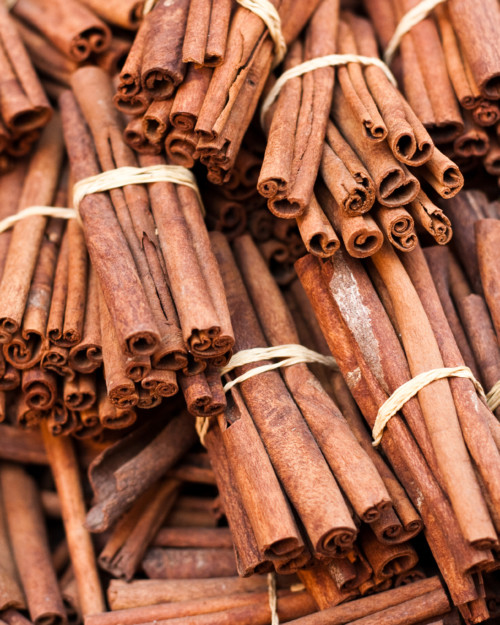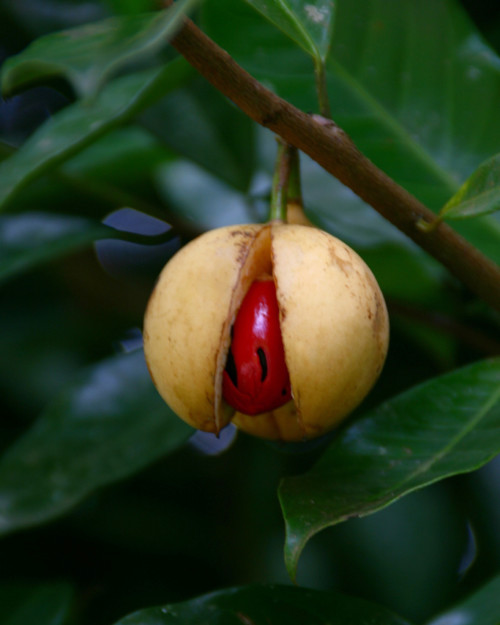A Midsummer Night’s Bloom: Understanding The Flora Behind Shakespeare’s Literature
Shakespeare’s plays are not typically remembered for their overt botanical references, but according to the author of the new book [easyazon_link identifier=”0062469894″ locale=”US” tag=”gardcoll03-20″]Botanical Shakespeare[/easyazon_link], some gardeners are convinced that the writer’s extensive knowledge of plants “qualify him as a Master Gardener.”
In [easyazon_link identifier=”0062469894″ locale=”US” tag=”gardcoll03-20″]Botanical Shakespeare: An Illustrated Compendium of All the Flowers, Fruits, Herbs, Trees, Seeds, and Grasses Cited by the World’s Greatest Playwright[/easyazon_link], published by Harper Design, author Gerit Quealy delves into every botanical reference included in Shakespeare’s plays and sonnets.
These mentions might be central to a scene, forming “some of the most memorable lines in literature,” but many others are used in passing, easy to gloss over if you aren’t looking for them. “Our aim was to put a ‘face’ with the plant name, paired with all the attendant quotes, so you could better see the Bard’s interior landscape, if you will,” Quealy writes in the book’s introduction. Placed side by side, the references, both blatant and subtle, total around 175.
During Shakespeare’s time, the literature on botanicals and herbs was published in Greek and Latin, so referring to them was also a way to assert an intellectual status, Quealy writes. However, during Queen Elizabeth’s reign, a number of botanical books such as William Turner’s [easyazon_link identifier=”0521445485″ locale=”US” tag=”gardcoll03-20″]A New Herball[/easyazon_link] grew in popularity and became bestsellers. Shakespeare’s primary resource was John Gerard’s [easyazon_link identifier=”B006LN4W5Y” locale=”US” tag=”gardcoll03-20″]Herball[/easyazon_link], which was one of Qualey’s main references for this book along with Henry Ellabombe’s [easyazon_link identifier=”B003YMMY1O” locale=”US” tag=”gardcoll03-20″]The plant-lore and garden-craft of Shakespeare.[/easyazon_link]
From aconitum and acorn to woodworm and yew, Shakespeare used botanicals in his literature in diverse ways, often (perhaps obviously) as descriptions or similes. “I found him under a tree / like a dropped acorn,” Celia says in As You Like It. Plants are seamlessly embedded into the conversations. “He’s the colour of the nutmeg,” Orleans says in Henry V. “And of the heat of the Ginger,” Dauphin adds.
Plants also reveal Shakespeare’s “unmatched skill for creating metaphorical connections and interweaving substantive philosophy,” Quealy writes. For example, in The Comedy of Errors, Adriana says, “Thou art an elm, my husband, I a vine, / Whose weakness married to thy stronger state / Makes me with thy strength to communicate.”
Unsurprisingly, the rose is one of the most referenced flowers, filling nine pages that address everything from love scenes to elaborate metaphors and multiple illustrations of white, pink, and red. “When you have our roses, / You barely leave us thorns to prick ourselves / And mock us with our bareness,” Diana says in All’s Well That Ends Well.
The botanical references also reveal Shakespeare’s knowledge of medicine and the body, which “has amazed and intrigued the medical profession for centuries.” Though Shakespeare referenced many foreign plants– nutmeg and ginger, for example– the majority he mentions are local cultivars.
Arranged in alphabetical order, the botanicals in Botanical Shakespeare are accompanied with gorgeous illustrations by Sumie Hasegawa-Collins– the culmination of a project that spanned the course of over two decades. The simple, clear, and meticulous illustrations honor the discourse while adding another layer to of context to the quotes Quealy sources for the book.
Botanical Shakespeare isn’t the first project to map out the botanicals in Shakespeare’s literature, however. Last year, the exhibition Shakespeare’s Potions at the Currier Museum of Art in New Hampshire explored the many potions and herbs that are used as literary devices in Shakespeare’s plays. A 2015 book, A Shakespearean Botanical by Margaret Willes, also examines the use of plants in the Bard’s literature, pairing passages with illustrations by herbalist John Gerard. The Brooklyn Botanical Garden’s Shakespeare Garden and Central Park’s Shakespeare Garden also exhibit several of the plants referenced in his literature. New Yorker’s interested in checking out the displays are encouraged to experience the magic while the parks are in bloom this summer– because there really is nothing like experiencing it first-hand.
Read more about Central Park’s Shakespeare Garden here.


























































